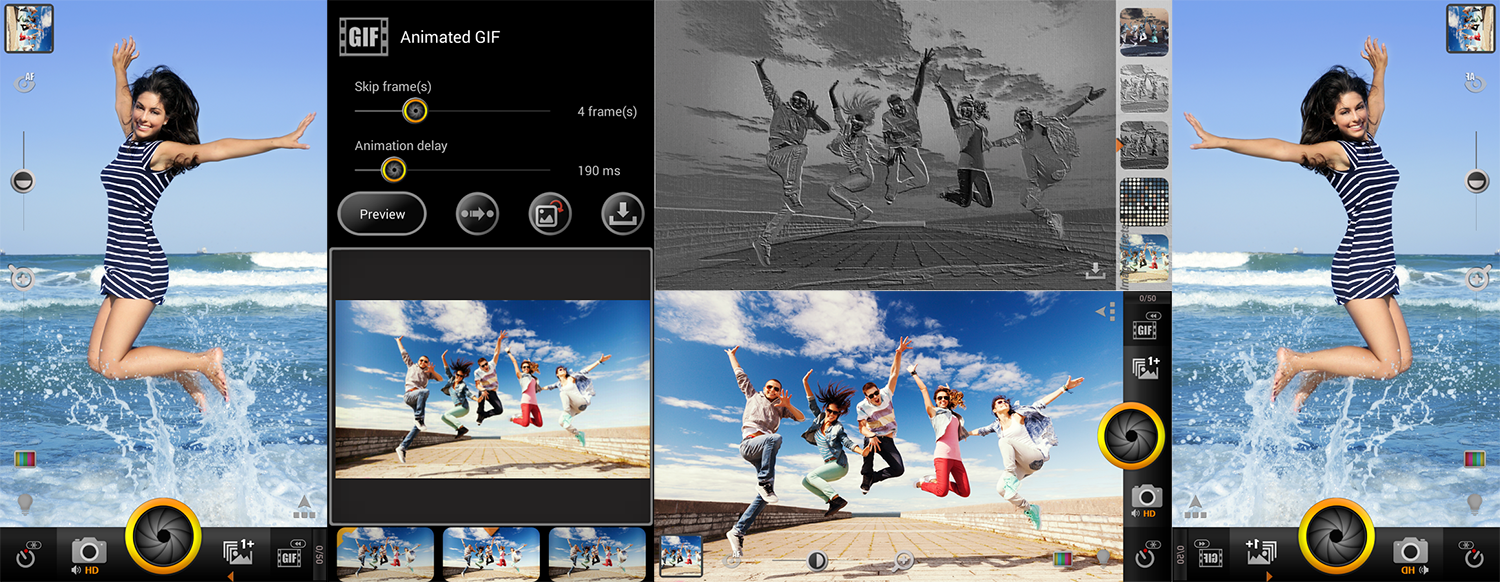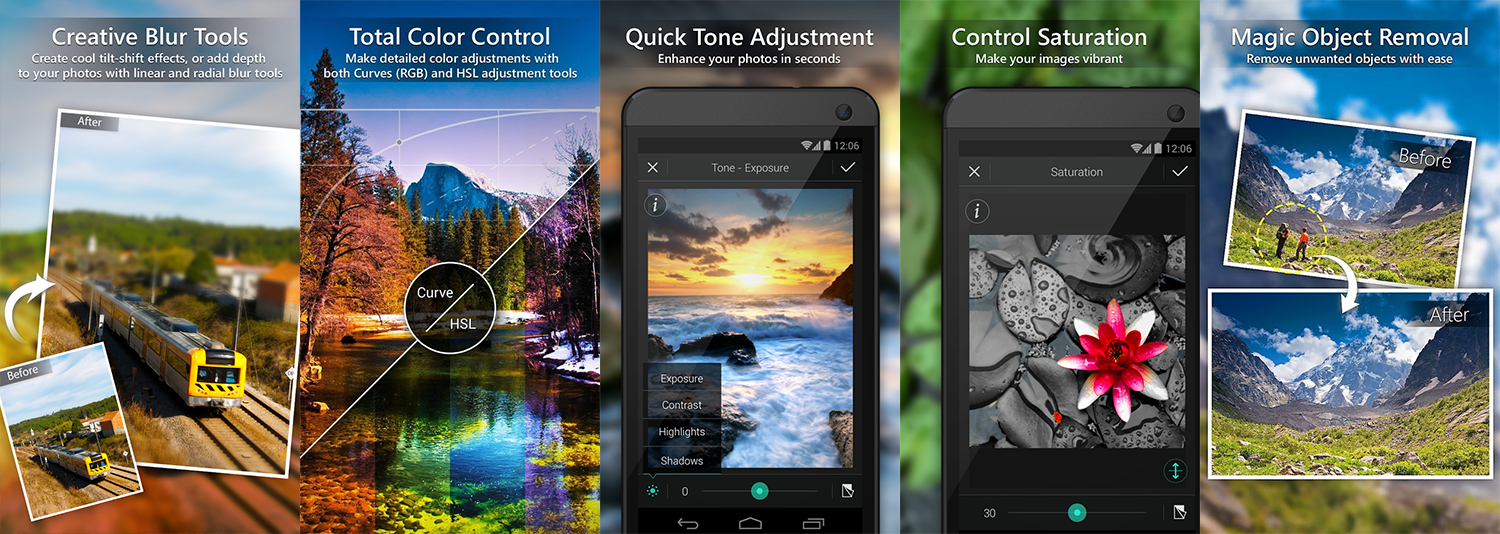“High Dynamic Range (HDR) photography is about making the most of the shadows, mid tones and the highlights. By using multiple exposure we can merge these together to make one stunning image.
“So that’s at least three, one normal exposure, one a few steps down and another equal steps up. The HDR effect can be completed using only a single image, a process called tone mapping, but this doesn’t really cut it,” says photographer Andy Scott. See his stunning photos and read his 7 tips on HDR photography by scrolling down this page. You can also click on each image to see them in all their richness.
Tip 1. Get a Tripod – especially if you’re into night photography like myself. During the processing stage it helps to have all your lines matching up and natural hand shake can make this a tricky. Ensure your tripod is well placed, weighted down if you can.
Tip 2. Use a remote trigger (timer). This will also help remove the slightest shake and you don’t have to spend a lot. Even without a remote trigger, most DSLR’s have a self timer option. I often use a 2 second timer to settle camera shake.
Tip 3. Bracketing and Continuous shooting mode. HDR images are made up of multiple exposures, start with 3 and increase the number as you get more confident. I’ve experimented with seven.
When working with three exposures, most cameras can set this up for you. Check out your instruction on how to set up bracketing. Using bracketing in conjunction with continuous shooting mode you can take all three exposures with one shutter release.
Tip 4. Timing. You’ll want to capture each exposure as close to each other as possible. If there is anything that moves in your shot, like trees in the wind, clouds, boats on the water, then this can cause a ghosting effect when merging the images. It can be corrected but sometimes auto correct doesn’t quite get it right and doing it manually can sometimes be time consuming.
Also think about things that can come into shot that you didn’t want there, like cars, people and animals. It pays to stop, take a look around and predict what will happen in your surroundings before you click the shutter.
Tip 5. Software. There’s a range of options available online from free software, dedicated software from Photomatix and integrated programs in Photoshop. If you’re not sure which to go try a few trials, you may not get the full capabilities but you’ll get a good idea of how it works and find one you like. Camera manufactures also produce their own software – so check your camera box or have a look on their websites.
Tip 6. Experiment. Don’t be afraid to get it wrong, the advantage of the HDR process is that the original images are not adjusted, so you can always start again. When I first put my hand to HDR all the adjustments were mind-blowing. I threw the instructions away and experimented, got it wrong at times and eventually got it right! Experimentation helped me to find a style that showed what I was about as a photographer and I had great fun.

Use of tripod and shutter release timer at 4am on calm night. No ghosting with long shutter exposures
Tip 7. Don’t go overboard. There is a temptation to push those sliders to the max, don’t do it! I admit I’ve done it myself, but over time I’ve come to realise that all I did was to create an over saturated, high contrast confusion of colour. All this does is cause a distraction from the image itself, hiding the technical work you put in to compose the image.
About the photographer: Andy Scott Andy Scott is Dorset-based photography, who runs Second Sight photography.
He also works in the Dorest police control room as an enquiry and dispatch officer. He enjoys landscape and fine art photography and supplements the cost of new equipment by taking on a few weddings and mobile studio bookings each year. He is planning a full-time career as a photography.
Andy first got into photography as a child and his interest in HDR photography came out of sheer intrigue. Having seen other people’s work, he decided to give it a go himself.
“What I find most challenging about HDR is having to think about the multiple exposures and how getting it right in camera makes all the difference during the processing stage. I love the way that HDR allows you to realise just how much you miss with the naked eye. It has changed the way I look at the world, noticing finer details in some of the most bland of scenes,” he says.
Andy started off with Sony but recently changed systems. His lightweight camera is a Canon 600D. For more demanding professional shoots (weddings, events, lifestyle, etc.) he uses a Canon 5D MkII. His selection of lenses include an 12-24 Sigma, 50mm Canon, 24-105 Canon, and a 70-300 Sigma.
“I find this combination of bodies and lenses gives me a great range and covers all my needs,” he says.
“I’ve been a 7DayShop customer for a few years now, always checking out the bargains then realising I could end up spending a lot more than I should on too many items!
“My favourite purchase has got to be my 7DayShop AA Ni-Mh High Performance Rechargeable Batteries. A simple purchase I know but they just go on forever and provide a reasonable recycle rate on my Canon Speedlite 430EX II. Plus the 7DayShop storage box helps manage the charged from the dead. “
(Recommendations are made by the photographer alone and his images used with kind permission)
Further links:
How to take photos using a kite: amazing photos from the sky
Amazing aviation photography and 10 tips on how to take great pictures of planes
World’s highest capacity SD memory card – 512GB – unveiled






















